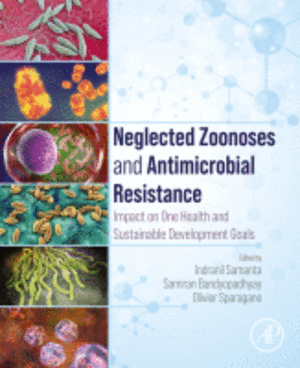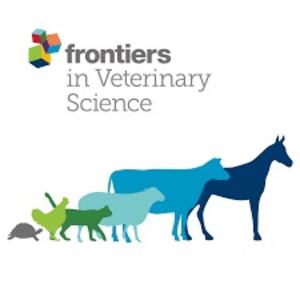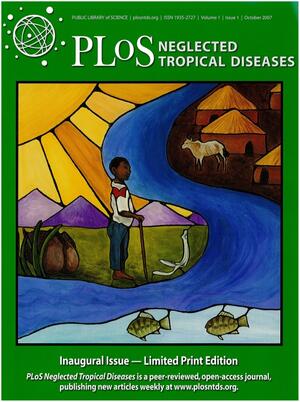
Comparison of knowledge, attitude, and practices of animal and human brucellosis between nomadic pastoralists and non-pastoralists in Kenya
Abstract
Background The seroprevalence of brucellosis among nomadic pastoralists and their livestock in arid lands is reported to be over10-fold higher than non-pastoralists farmers and their livestock in Kenya. Here, we compared the seroprevalence of nomadic pastoralists and mixed farming with their knowledge of the disease and high-risk practices associated with brucellosis infection. Methods Across-sectional study was conducted in two counties - Kiambu County where farmers primarily practice smallholder livestock production and crop farming, and Marsabit County where farmers practice nomadic pastoral livestock production. Stratified random sampling was applied, in which sublocations were initially selected based on predominant livestock production system, before selecting households using randomly generated geographical coordinates. In each household, up to three persons aged 5 years and above were randomly selected, consented, and tested for Brucella spp IgG antibodies. A structured questionnaire was administered to the household head and selected individuals on disease knowledge and risky practices among the pastoralists and mixed farmers compared. Multivariable mixed effects logistic regression model was used to assess independent practices associated with human Brucella spp. IgG seropositivity. Results While the majority (74%) of pastoralist households had little to no formal education when compared to mixed (8%), over 70% of all households (pastoralists and mixed farmers) had heard of brucellosis and mentioned its clinical presentation in humans. However, fewer than 30% of all participants (pastoralists and mixed farmers) knew how brucellosis is transmitted between animals and humans or how its transmission can be prevented. Despite their comparable knowledge, significantly more seropositive pastoralists compared to mixed farmers engaged in risky practices including consuming unboiled milk (79.5% vs 1.7%, p < 0.001) and raw blood (28.3% vs 0.4%, p < 0.001), assisting in animal birth (43.0% vs 9.3%, p < 0.001), and handling raw hides (30.6% vs 5.5%, p < 0.001)., Conclusion Nomadic pastoralists are more likely to engage in risky practices that promote Brucella Infection, probably because of their occupation and culture, despite having significant knowledge of the disease.
Citation
Njenga, M.K., Ogolla, E., Thumbi, S.M., Ngere, I., Omulo, S., Muturi, M., Marwanga, D., Bitek, A., Bett, B., Widdowson, M.-A., Munyua, P. and Osoro, E.M. 2020. Comparison of knowledge, attitude, and practices of animal and human brucellosis between nomadic pastoralists and non-pastoralists in Kenya. BMC Public Health 20: 269.










